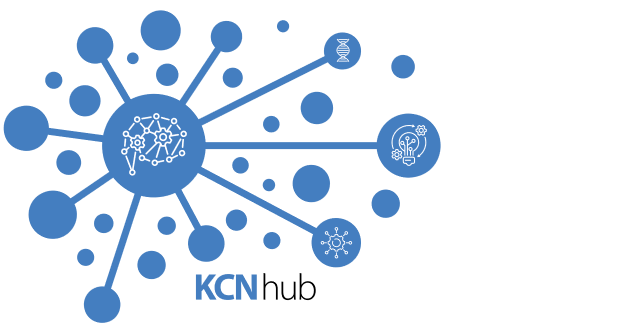Internal KCN: Adaptive myelination and its synchronous dynamics in the Kuramoto network model with state-dependent delays
ABSTRACT: White matter pathways form a complex network of myelinated axons that play a critical role in brain function by facilitating the timely transmission of neural signals. Recent evidence reveals that white matter networks are adaptive and that myelin undergoes continuous reformation through behaviour and learning during both developmental stages and adulthood in the mammalian life cycle. Consequently, this allows axonal conduction delays to adjust in order to regulate the timing of neuron signals propagating between different brain regions. Despite its newly founded relevance, the network distribution of conduction delays have yet to be widely incorporated in computational models, as the delays are typically assumed to be either constant or ignored altogether. From its clear influence towards temporal dynamics, we are interested in how adaptive myelination affects oscillatory synchrony in the brain. We introduce a plasticity rule into the delays of a weakly coupled oscillator network, whose positions relative to its natural limit cycle oscillations is described through a coupled phase model. From this, the addition of slowly adaptive network delays can potentially lead coupled oscillators to a more phase synchronous limit cycle. To see how adaptive white matter remodelling can shape synchronous dynamics, we modify the canonical Kuramoto model by enabling all connections with phase-dependent delays that change over time. We directly compare the synchronous behaviours of the Kuramoto model equipped with static delays and adaptive delays by analyzing the synchronized equilibria and stability of the system's phases. Our mathematical analysis of the model with dirac and exponentially distributed connection delays, supported by numerical simulations, demonstrates that larger, more widely varying distributions of delays generally impede synchronization in the Kuramoto network. Adaptive delays act as a stabilizing mechanism for the synchrony of the network by adjusting towards a more optimal distribution of delays. Adaptive delays also make global synchronization more resilient to perturbations and injury towards network architecture. Our results provide insights about the potential significance of activity-dependent myelination. For future works, we hope that these results lay out the groundwork to computationally study the influence of adaptive myelination towards large-scale brain synchrony.
